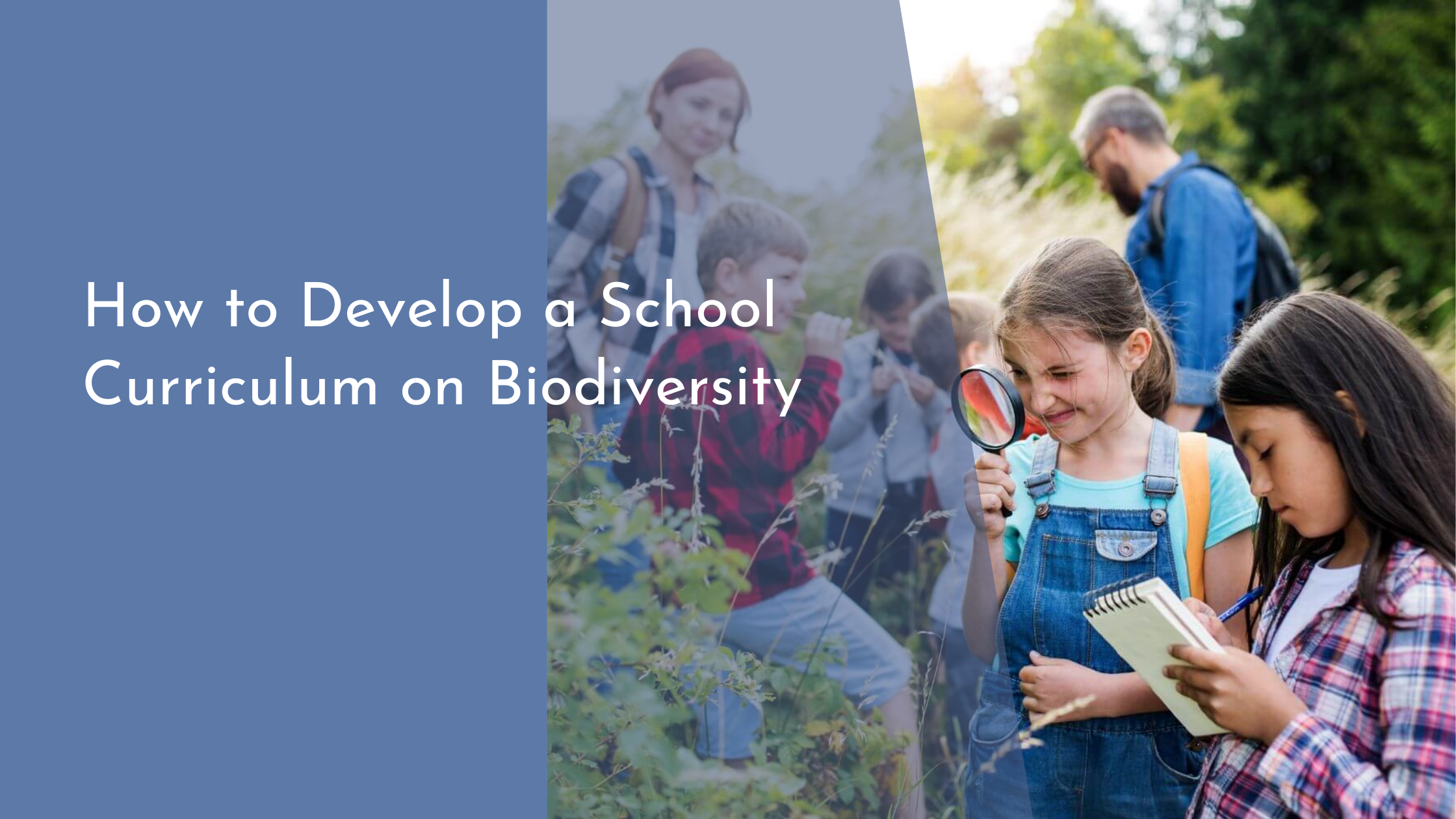How to Develop a School Curriculum on Biodiversity
Biodiversity, the variety of life found on Earth, is essential for maintaining the balance of ecosystems and providing ecological services such as air and water purification, climate regulation, and pollination. As environmental concerns continue to rise, educating young minds about the significance of biodiversity has become increasingly important. Developing a school curriculum focused on biodiversity can ignite curiosity, foster environmental stewardship, and inspire future generations to protect our planet. This article provides a comprehensive guide on creating an engaging and informative biodiversity curriculum for schools.
Understanding the Importance of Biodiversity
Biodiversity encompasses all living organisms and their intricate interactions within ecosystems. It is the foundation upon which ecosystems function and provides humans with resources like food, medicine, and raw materials. Teaching students about biodiversity helps them understand the interconnectedness of life and the critical roles different species play in maintaining ecological balance. By grasping the importance of biodiversity, students can appreciate the diverse range of species and ecosystems that make Earth a thriving planet.
Highlighting current threats to biodiversity, such as habitat destruction, pollution, climate change, and overexploitation, is also crucial. These topics help students understand the impact of human activities on the natural world and the urgent need for conservation efforts. By addressing these issues, educators can foster a sense of responsibility and empower students to take action in protecting biodiversity.
Key Elements of a Biodiversity Curriculum
A well-rounded biodiversity curriculum should incorporate various components to provide a comprehensive understanding of the subject. Begin with foundational knowledge, such as definitions of biodiversity and the different levels it encompasses—genetic, species, and ecosystem diversity. This basic framework will serve as a stepping stone for more complex topics.
Incorporate lessons on local and global biodiversity, focusing on native species and ecosystems present in the students’ immediate environment as well as those in distant regions. This approach helps students connect with the concept of biodiversity on a personal level while broadening their global perspective. Additionally, integrating topics like conservation strategies, restoration efforts, and sustainable practices can guide students in understanding practical applications of biodiversity knowledge.
Engaging Students Through Interactive Activities
Interactive activities are invaluable for making biodiversity lessons engaging and memorable. Organize field trips to nature reserves, botanical gardens, or wildlife sanctuaries where students can observe diverse species and ecosystems firsthand. These experiences help solidify classroom learning and inspire enthusiasm for the natural world.
Hands-on projects, such as creating a school garden or building insect hotels, encourage students to actively participate in biodiversity conservation. Such activities provide practical insights into ecosystem dynamics and the importance of creating wildlife-friendly spaces. Additionally, incorporating technology, like using apps to identify local flora and fauna, can complement traditional learning methods and engage tech-savvy students.
Collaborating with Experts and Community
Collaboration with experts and the wider community can greatly enhance a biodiversity curriculum. Invite guest speakers, such as biologists, ecologists, or conservationists, to share their experiences and insights. These presentations offer students real-world examples of biodiversity work and inspire them to consider careers in related fields.
Additionally, partnering with local environmental organizations or community projects can provide students with opportunities for hands-on learning and community service. Working alongside experts on conservation projects or participating in citizen science initiatives fosters a sense of community involvement and reinforces the importance of collective efforts in preserving biodiversity.
Conclusion: Inspiring Future Generations
A well-designed biodiversity curriculum not only educates students about the value of biological diversity but also inspires them to become proactive stewards of the environment. By fostering a deep understanding of biodiversity and its significance, educators can empower students to make informed decisions that contribute to the health and sustainability of our planet.
With the right curriculum, students can develop a lifelong appreciation for the natural world and a commitment to its protection. By understanding the importance of biodiversity, engaging in interactive learning experiences, and collaborating with experts and the community, educators can inspire future generations to take action in preserving the planet’s rich biological tapestry. Together, we can foster a generation that values and actively works to conserve the incredible diversity of life on Earth.

